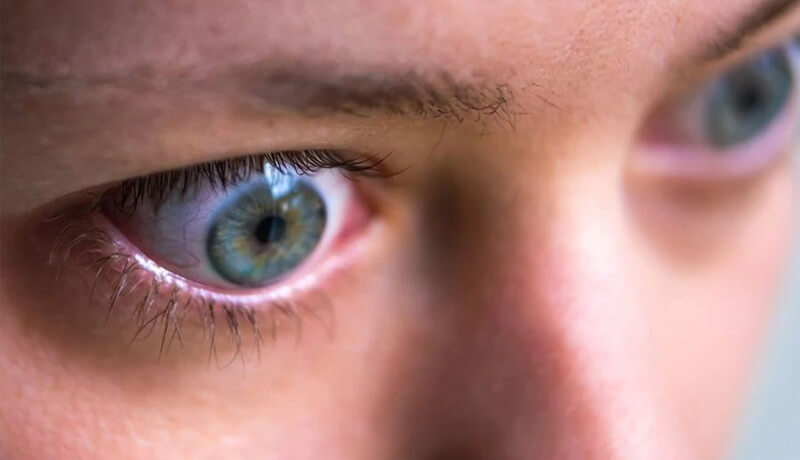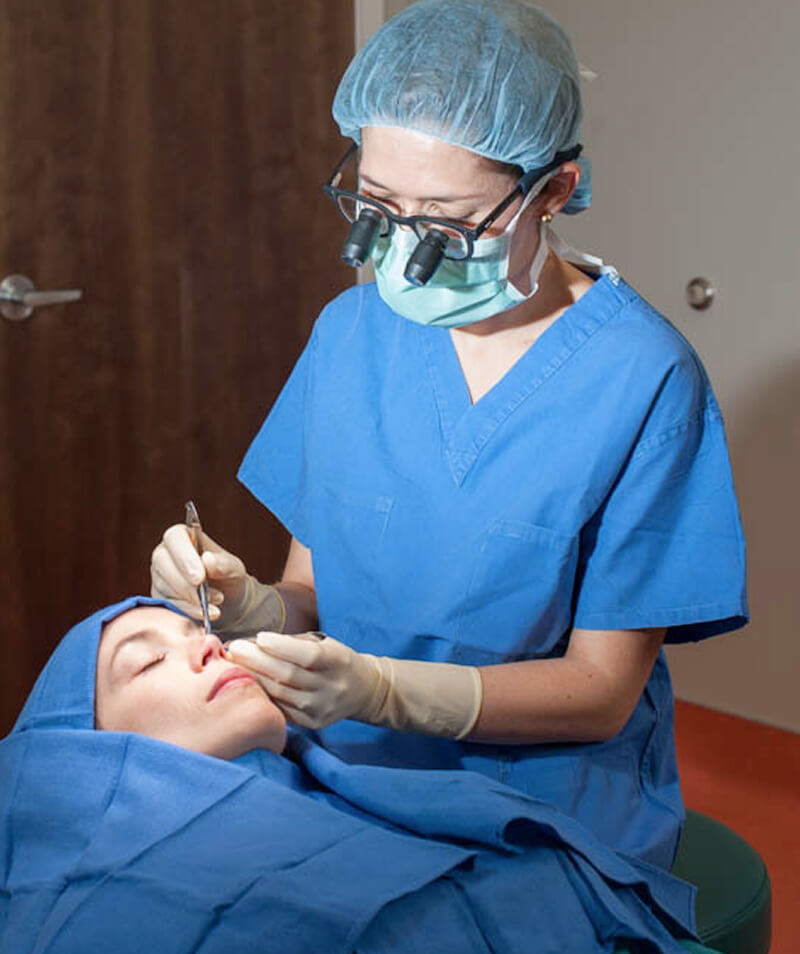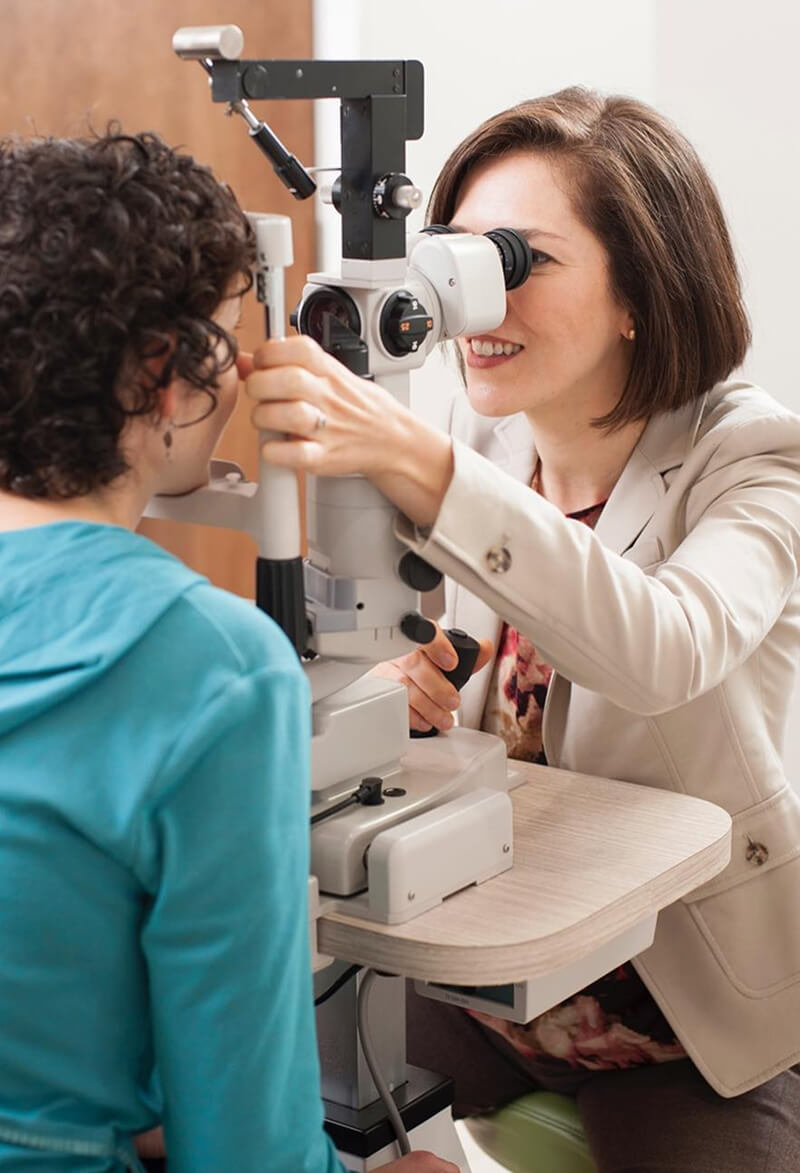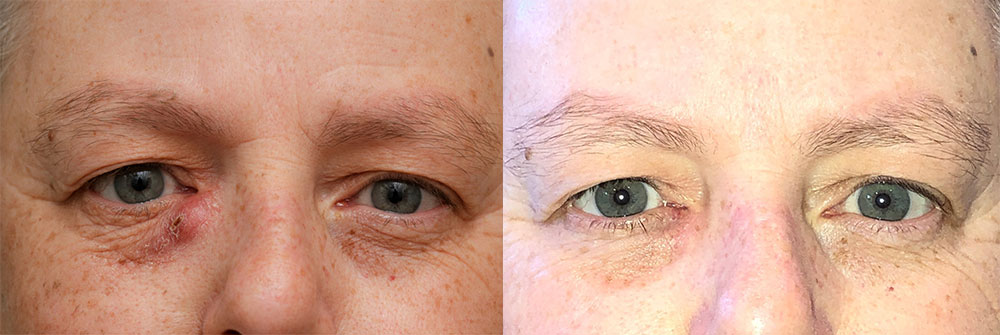Tearing and Lacrimal System (Tear Duct)

Anatomy of the Tear Drain
What are the Symptoms of Tear Duct Obstruction?
- Excessive wetness of the eye
- Chapped eyelid skin
- Irritation from chronic blotting or wiping
- Blurry vision
- Thick slimy tears
- Foggy vision
- Discharge or pus
- Pain in the inner corner of the eye
Causes of Watery Eye

Dry eye – Seems odd, but a dry eye or any irritant on the eye surface can actually result in watery eyes. This is because the body will receive this signal (dry eye) and produce more than average tears to overcome the dryness or irritation.
“My experience at Oasis Eye was great! From the decor to the staff, I knew that my needs would be taken care of in the most professional caring matter. Dr. Schiedler, in my opinion, is an excellent ocular plastic surgeon; and I recommend her services.”
“Dr. Schiedler and staff were all wonderful. Everyone treated me with such respect, dignity and kindness. My post-op and pre-op questions were all answered with clarity. My wait time was minimal and my overall experience was excellent.”
“My experience with Dr. Schiedler and her staff was above and beyond amazing. Everyone was very professional, personal, and concerned about me throughout my whole treatment from start to finish. I would definitely recommend her to anyone needing the services Oasis Eye provides.”
“My experience was great! I needed a biopsy on my lower eyelid. Dr. Schiedler explained the entire process. The process was just how she explained to me and was in no way painful during or after the procedure.”
“Thank you for providing me such excellent care through each stage of my procedure. I am very pleased with the results and ever so appreciative of the attention and care all of you have provided. I have truly enjoyed each of you!”
“The success of my surgery with Dr. Schiedler was far in excess of my initial expectations. As far as I am concerned, Dr. Schiedler worked “miracles” with my sight and appearance. She completely corrected a congenital situation in one eye, and brought my other eye back to the way it looked 30 years earlier.”
“Dr. Schiedler did a lower eye retraction repair with a hard pallet graft which turned out amazing. So happy I got the surgery and it was virtually painless. Dr. Schiedler is very kind and caring and she takes the time to make sure you get the very best care.”
“I have been getting Botox/Xeomin injections for 15 years. I just recently moved here from San Francisco and she by far is the best that I have ever been too. She is extremely knowledgeable in her field. I am getting BBL and Halo Laser next week, I can’t wait! I am very fortunate to have found her.”
Treatment Options for Watery Eyes and Excess Tearing
For eyelid laxity or ectropion – A simple tightening of loose eyelids will strengthen the blink and pump the tears more effectively. This is an excellent treatment for those suffering from age-related causes.


Above: Before/After of a Dacryocystorhinostomy (DCR) surgery in order to bypass the blocked tear duct and re-establish tear flow from the tear sac into the nose. See additional photos.*
